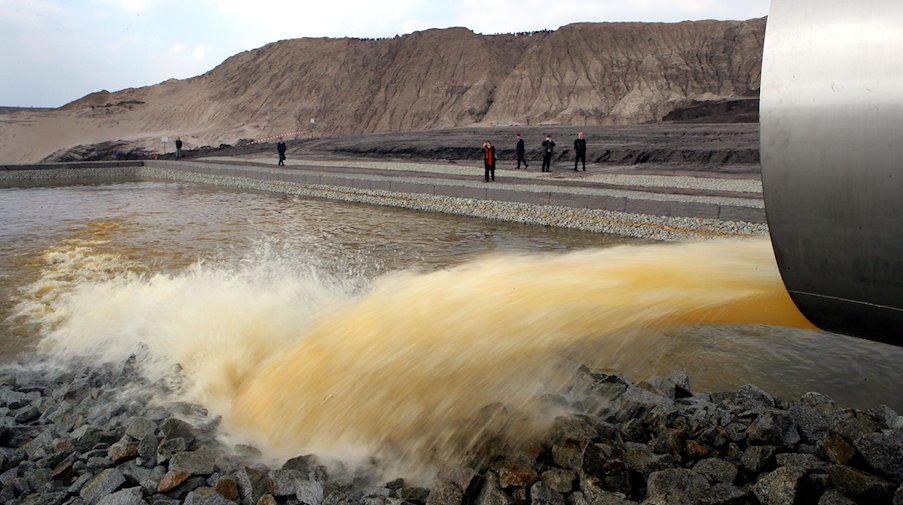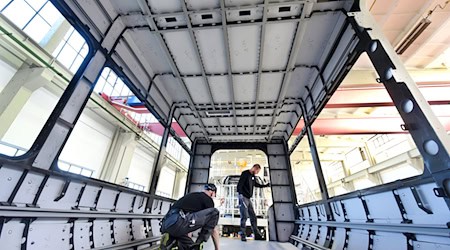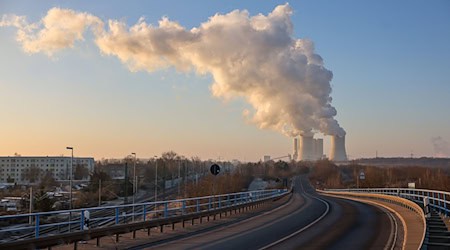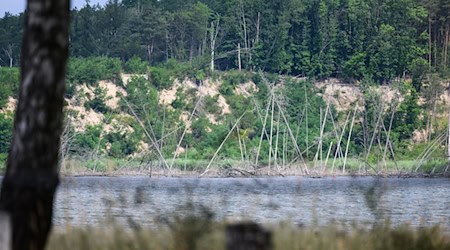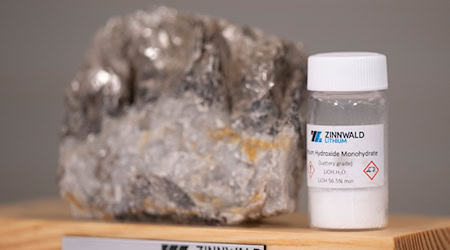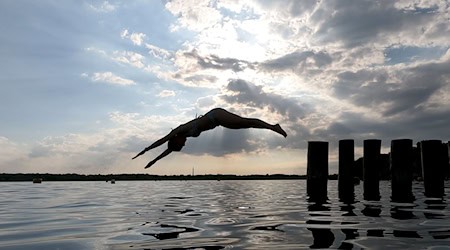Flooding of the post-mining lakes in the Lusatian lignite mining region will continue in 2023 with more water than in previous years. As the Lausitzer und Mitteldeutsche Bergbau-Verwaltungsgesellschaft mbH in Senftenberg announced on Wednesday, the annual volume of 95 cubic metres is expected to slightly exceed the average of around 90 million cubic metres over the past ten years.
Water was also withdrawn from mining lakes to stabilize water levels in rivers such as the Spree or the Schwarze Elster. The post-mining lakes and reservoirs are becoming increasingly important for supporting the river basins, said Maik Ulrich, head of the LMBV Flood Control Center, according to a press release.
According to the information, the water in Lusatia flowed mainly into Lake Bärwald (29 million cubic meters), the Lohsa II reservoir (17 million cubic meters) and Lake Sedlitz (25 million cubic meters) in 2023.
In Central Germany, around 30 million cubic meters of flood water is expected to be fed into the post-mining lakes by the end of the year, according to the statement. This volume corresponds roughly to the average value of the past ten years. At around 15 million cubic meters, Lake Zwenkau accounts for the largest share.
Copyright 2023, dpa (www.dpa.de). All rights reserved

